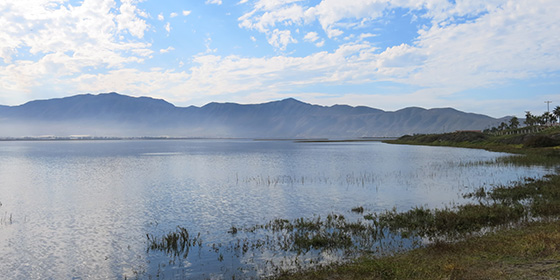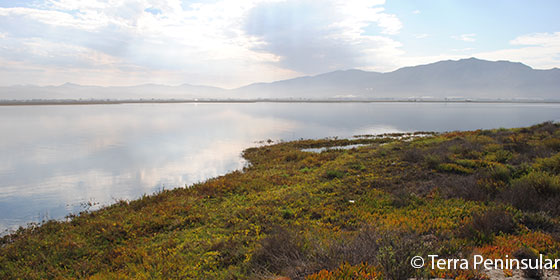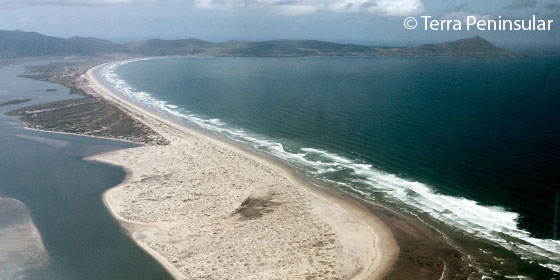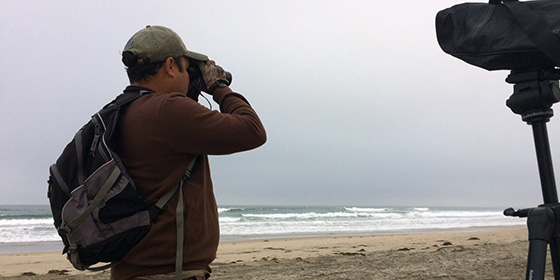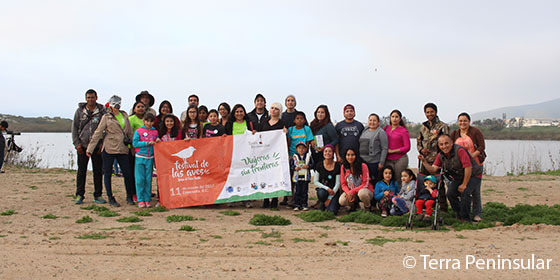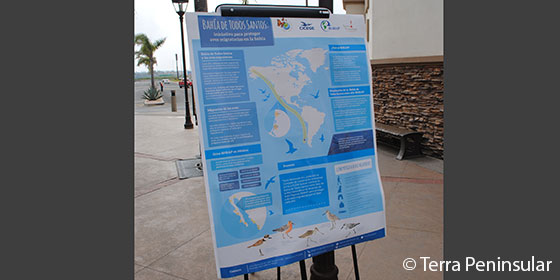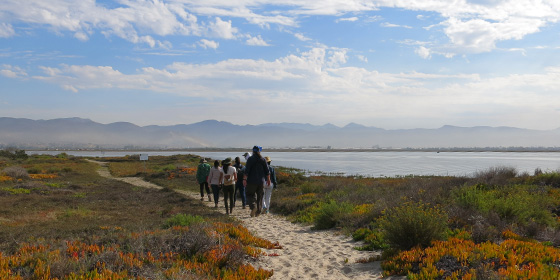Linking Sites, Linking Communities
Pacific Flyway Exchange
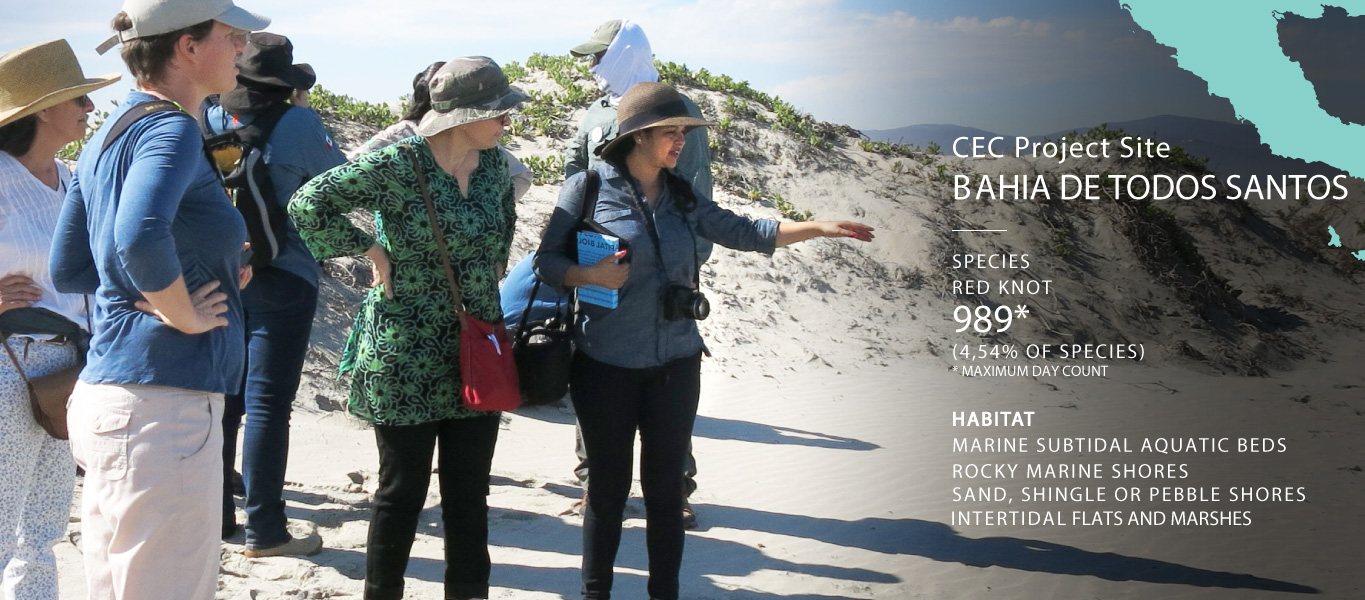
Baja California, Mexico
Off the coast of Ensenada, in Baja California, Bahía de Todos Santos hosts a number of overwintering migratory birds, including roselaari Red Knots (an endangered species in Mexico), snowy plovers, marbled godwit and sanderlings.
This dynamic coast is also used by people at all hours of the day for strolls, pet-walking and other recreational activities, which fragments and disturbs the habitat for shorebirds.
CEC Support
Through CEC support, local partners nominated Bahía de Todos Santos as an important site under the Western Hemisphere Shorebird Reserve Network (WHSRN) and, in September 2017, the site was designated a WHSRN Site of Regional Importance. Work at the site included a monitoring program, implementation of a disturbance assessment protocol, and the re-establishment of community beach patrol committees.
Outreach
Sustained community outreach efforts included organizing a Bahía de Todos Santos Bird Festival in March 2017, installing shorebird conservation signs, and disseminating numerous print and digital media articles, social media posts and radio interviews on shorebird-related topics and activities.
Photo Gallery
Partners

Sites in this Exchange
Copper River Delta
Alaska, USA
The Copper River Delta in Alaska is an important staging area for nearly five million migrating shorebirds in early May, and also provides nesting […]
Grays Harbor
Washington, USA
Grays Harbor is a large bay on the southern coast of Washington State used by Red Knots and many other species of shorebirds for […]
Willapa Bay and Longbeach Peninsula
Washington, USA
Willapa Bay and the Long Beach Peninsula represent the largest remaining tidal mudflat and coastal salt marsh habitat in southwestern Washington […]
Bahía de Todos Santos
Baja California, Mexico
Off the coast of Ensenada, in Baja California, Bahía de Todos Santos hosts a number of overwintering migratory birds, including roselaari Red Knots […]

Produced with support from the Commission for Environmental Cooperation – www.cec.org
The Commission for Environmental Cooperation (CEC) is an intergovernmental organization that supports the cooperative environmental agenda of Canada, Mexico and the United States to green North America’s economy, address climate change by promoting a low-carbon economy, and protect North America’s environment and the health of its citizens.
To foster North American conservation opportunities for Semipalmated Sandpipers (Calidris pusilla) and Red Knots (Calidris canutus—rufa and roselaari subspecies), the Commission for Environmental Cooperation (CEC) started an initiative to inform, engage and connect communities at key sites for these two species. This included linking sites in the Pacific flyway and the Atlantic flyway.




